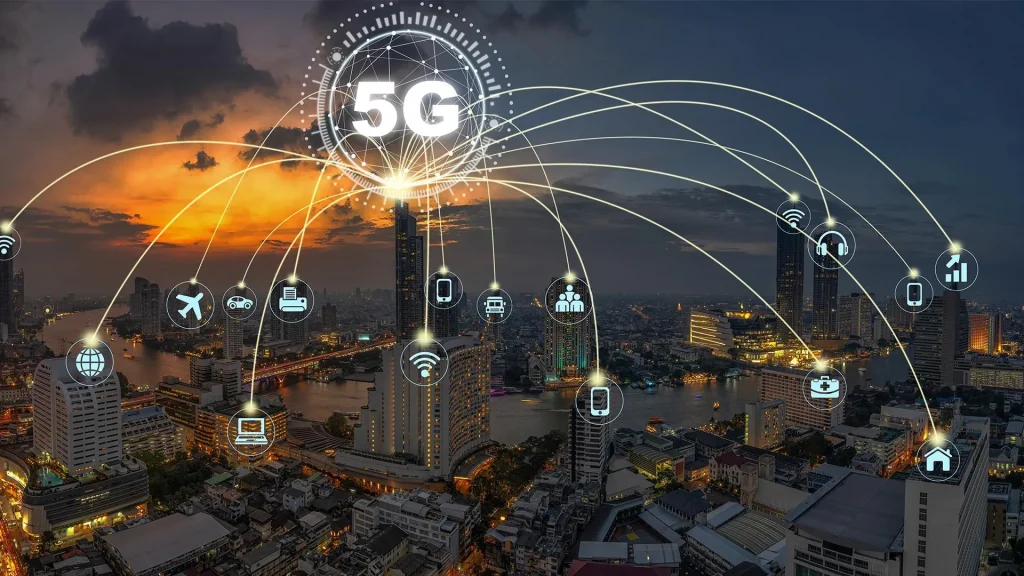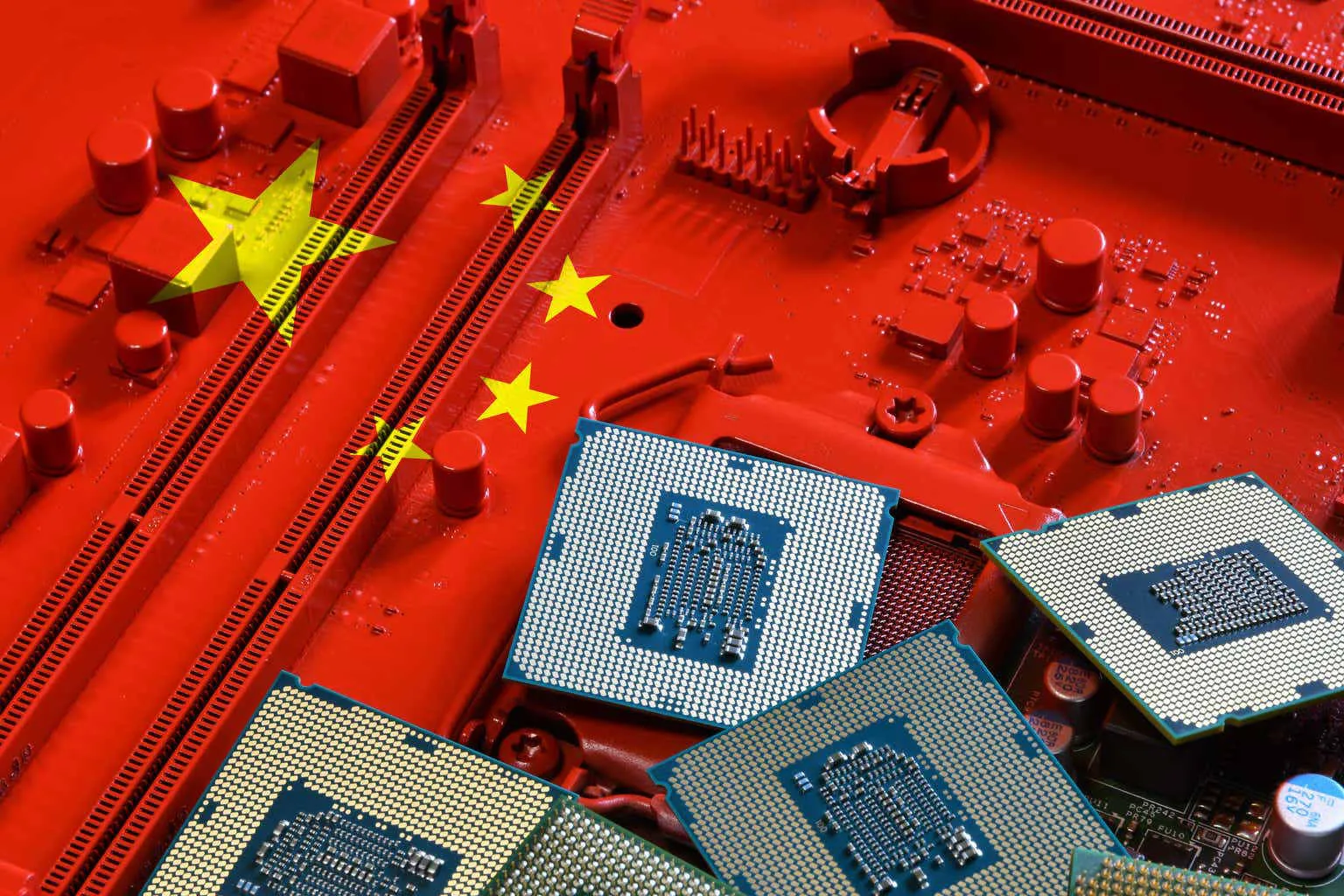China’s 5G Deployment: Impacts on Industry and Consumer Tech
China’s rapid deployment of 5G networks is transforming both industry operations and consumer technology, creating a foundation for high-speed connectivity, low-latency communication, and innovative applications. With extensive infrastructure investment, strategic government planning, and corporate participation, 5G is not only enhancing telecommunications but also enabling advancements in AI, autonomous systems, smart cities, and IoT integration. This technological evolution positions China as a global leader in next-generation digital infrastructure and innovation.

National Strategy and Policy Support
China’s government has prioritized 5G as a strategic technology under the “New Generation Information Technology” plan and related initiatives. National policies facilitate spectrum allocation, infrastructure investment, and regulatory alignment, creating an enabling environment for network expansion. Pilot programs across major cities, including Beijing, Shanghai, Shenzhen, and Guangzhou, test both urban and industrial applications, ensuring robust coverage, reliability, and scalability. Government incentives, subsidies, and public-private partnerships support rapid deployment and adoption, reinforcing China’s leadership in 5G technology.
Infrastructure Expansion and Technical Milestones
The country has built extensive 5G infrastructure, deploying thousands of base stations, fiber-optic links, and network cores to support ultra-fast mobile and fixed-line connectivity. China Mobile, China Telecom, and China Unicom, alongside technology companies like Huawei and ZTE, have accelerated nationwide rollout, achieving widespread coverage in urban and key rural areas. Technical milestones include enhanced bandwidth, low-latency communication, massive device connectivity, and network slicing capabilities, enabling diverse applications across multiple industries.
Industrial Applications and Smart Manufacturing
5G deployment directly impacts industrial operations by supporting smart manufacturing, automation, and real-time monitoring. Factories utilize 5G networks to connect robotic systems, IoT sensors, and AI analytics platforms, enabling predictive maintenance, optimized production schedules, and enhanced quality control. Low-latency communication allows for remote control of machinery and real-time coordination across multi-site operations. These capabilities improve operational efficiency, reduce downtime, and enable more agile responses to market fluctuations.
IoT and Connected Devices
5G networks support the exponential growth of IoT devices, facilitating seamless communication between sensors, machines, and control systems. In smart homes, offices, and public infrastructure, connected devices provide real-time monitoring, automation, and predictive analytics. Applications range from energy management and environmental monitoring to intelligent transportation and public safety systems. The ability to connect millions of devices reliably and at high speed positions China to harness IoT at scale, supporting urban efficiency and enhanced service delivery.

Consumer Technology and Digital Services
For consumers, 5G enables faster mobile internet, high-definition video streaming, cloud gaming, and augmented/virtual reality applications. Smartphones, tablets, and wearable devices leverage high-speed connectivity to support advanced apps, seamless video conferencing, and cloud-based services. Digital ecosystems, including e-commerce, fintech, and entertainment platforms, benefit from lower latency and higher throughput, enhancing user experience and enabling novel services. 5G also facilitates telemedicine, online education, and remote work, expanding access and convenience for consumers nationwide.
Autonomous Systems and Emerging Applications
5G is critical for the deployment of autonomous vehicles, drones, and AI-driven robotics. Low-latency communication ensures real-time decision-making, safety monitoring, and precise control, enabling urban mobility solutions, logistics automation, and delivery drones. Pilot programs in smart cities leverage 5G for traffic management, emergency response coordination, and autonomous transport systems. The combination of high-speed networks and AI capabilities accelerates innovation in robotics and mobility, enhancing efficiency and safety.
Economic Impacts and Industry Growth
China’s 5G rollout stimulates economic growth by fostering new industries, digital services, and innovation ecosystems. Telecommunications equipment manufacturing, software development, cloud services, and IoT industries benefit from increased demand and investment. Startups and technology firms leverage 5G capabilities to create innovative products and services, driving entrepreneurship and employment. Additionally, global partnerships and exports of 5G technology contribute to China’s influence in international telecommunications markets.
Challenges and Risk Management
Despite progress, challenges exist in scaling 5G deployment, including infrastructure costs, spectrum management, cybersecurity, and regulatory compliance. Ensuring secure communication across massive device networks is critical, particularly for industrial and governmental applications. Network interoperability, standardization, and integration with legacy systems require ongoing attention. Addressing these challenges involves coordinated policy, technological innovation, and strategic collaboration between operators, technology firms, and regulatory authorities.
Future Prospects and Technological Integration
Looking ahead, 5G will serve as the backbone for next-generation digital infrastructure, enabling AI-powered analytics, blockchain integration, and advanced IoT ecosystems. Emerging technologies, such as holographic communication, immersive media, and edge computing, will leverage high-speed, low-latency networks to create transformative applications. Industrial digitization, smart city expansion, and consumer technology innovation will continue to evolve, positioning China at the forefront of global digital transformation.
Conclusion: Transforming Industries and Everyday Life
China’s 5G deployment is driving innovation across industries, enhancing consumer experiences, and enabling emerging technologies. By combining robust infrastructure, policy support, and corporate innovation, 5G networks facilitate smart manufacturing, autonomous systems, IoT integration, and advanced digital services. The strategic rollout strengthens China’s technological competitiveness, supports economic growth, and shapes the future of urban development, mobility, and digital ecosystems. As 5G networks mature, their transformative impact on both industry and everyday life will continue to expand, establishing China as a global leader in next-generation connectivity.





